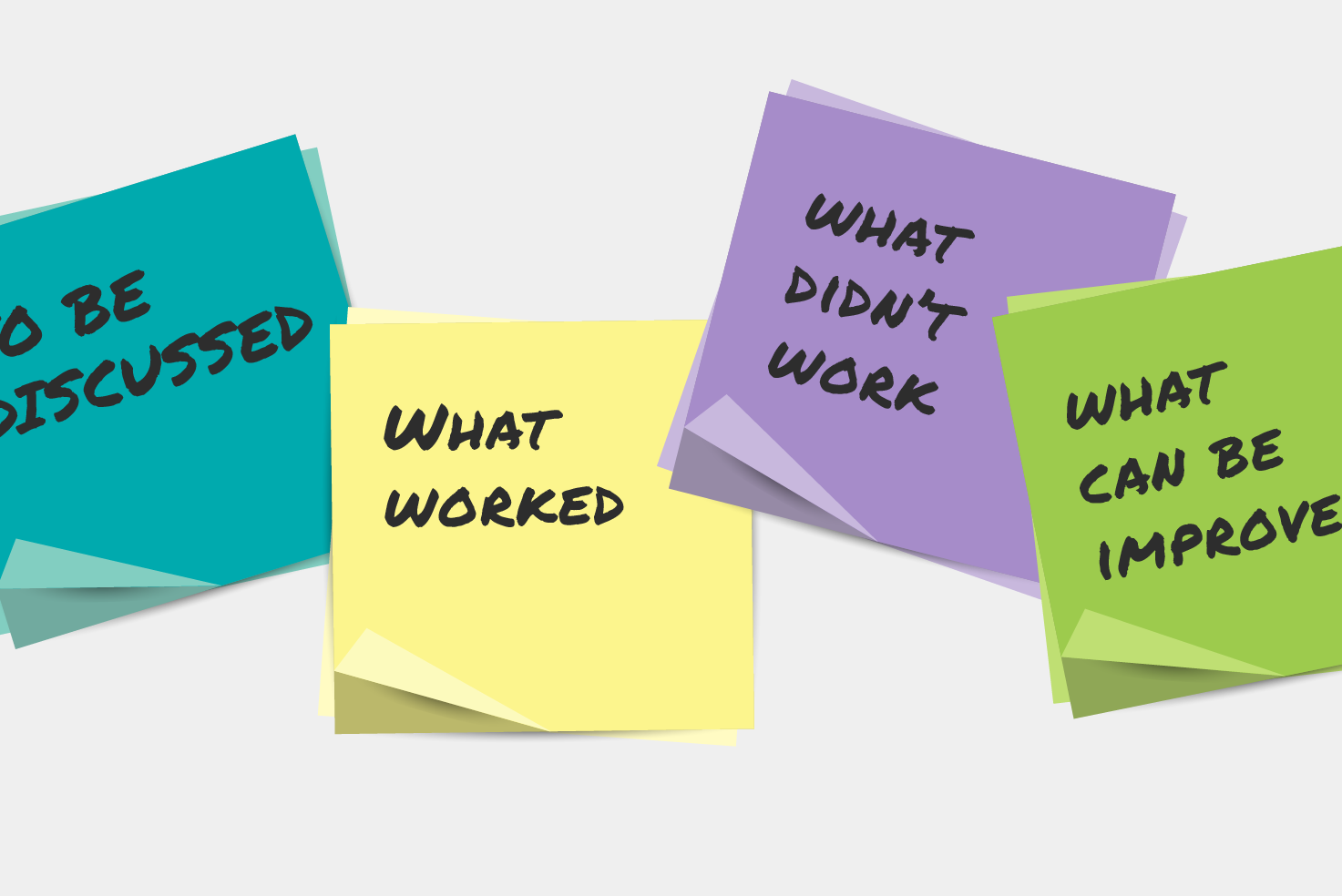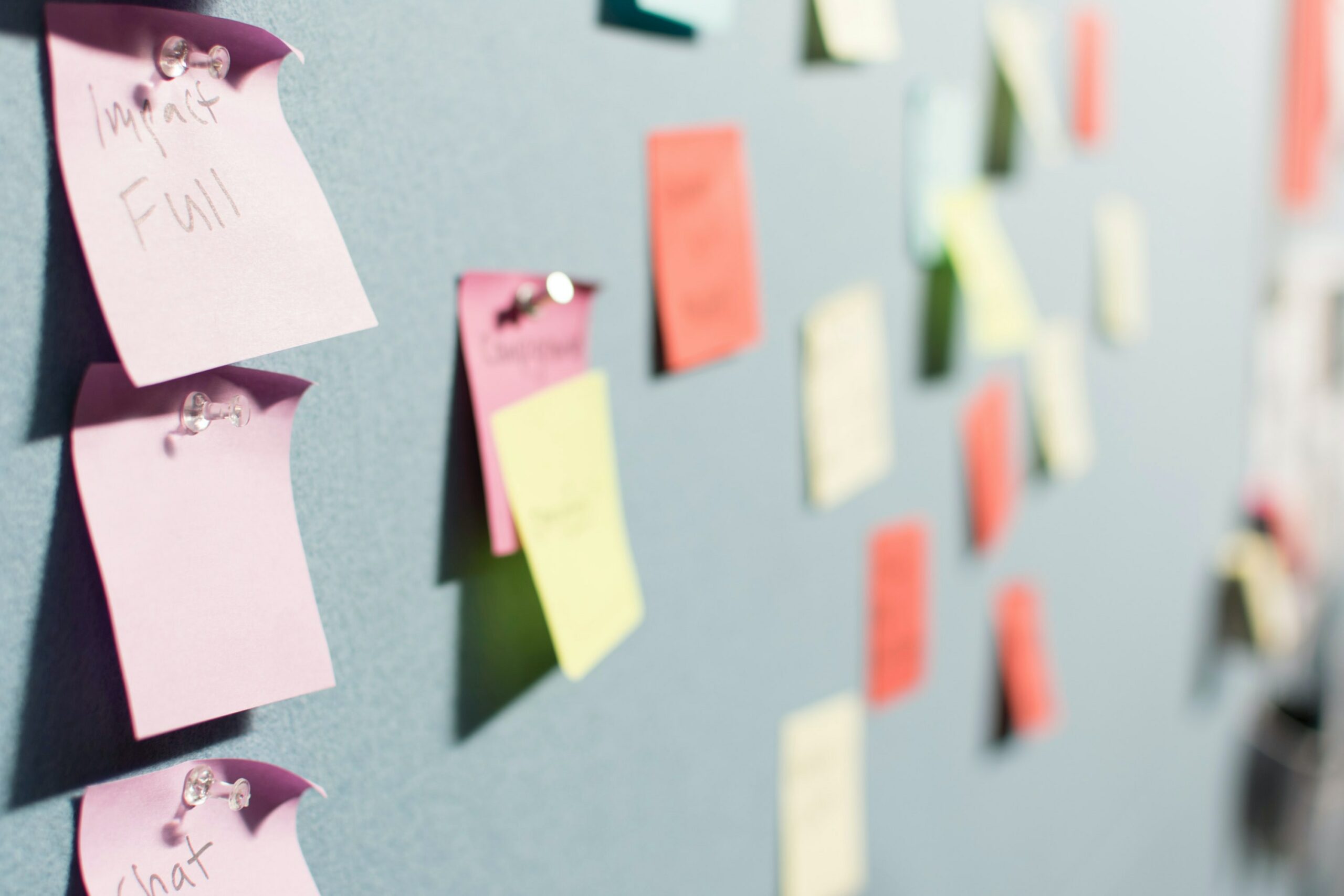The importance of a wash up
It’s important to learn from experiences and here is how Salad do it.

It’s fair to say that individually we are good at learning from experiences. We will actively avoid what hasn’t worked, like that radical short haircut you tried one summer, and repeat successes time and time again – if in doubt wear black.
However, as a team or organisation recognising and learning from our experiences doesn’t always happen so easily. A busy team working from one project to the next may not always take a moment to pause and review the life cycle of the latest project and reflect on what has and hasn’t worked.
At Salad we always take time to review our projects that are over a certain size. We understand the value of reflection and as a Studio Manager my brain is wired to always look at ways to improve the way we work. This is why we have a Wash Up routine at the end of every project. It’s an opportunity for the whole team to share their experiences and for everyone to agree together the ways we can improve our processes, as well as recognise what worked well.
Here’s how we do it, to give you some ideas for your own Wash Up:
Important Rule: Learning not blaming
Your Wash Up should be focused on learning and not blaming. Be sure to create a positive environment and reiterate that this is about understanding what should be done again, as well as identifying what could be done differently next time. Encourage the team to share honest feedback and avoid any hint of scapegoating, as this will cause people to put up barriers.
Step 1: Create an agenda
Before the meeting create an agenda of the highs and lows from the project. This could be done as a team by hosting a short 10-15 minute brainstorm on the following points:
- What went right
- What went wrong
- What we could do to make things better next time
If it’s difficult to get everyone in the same room (as it can sometimes be) then email the project team members asking them to feedback to one person. This is normally the Project Manager or can be the Project Leader, but it is important this person is impartial to the project – they should be Switzerland in this situation.
Step 2: Book time in
Put time in everyone’s diary to review the agenda. Make sure you have at least 90 minutes – you’ll need more than an hour to go through everything in detail, but be realistic about how long people can concentrate and talk for – you want to maximise your productivity. Also avoid a Friday afternoon meeting, no one wants that!
Step 3: The Wash Up
There are different ways to run the actual meeting: you could work through each point on the agreed agenda, you could vote on the agenda items you want to discuss so that the most important are worked through first, or you could introduce a timer and give each point a set amount of time to ensure that the meeting is kept on track. There is no right or wrong way, it’s what works best for your team and you’ll find that over time it will evolve naturally.
The outcome of the Wash Up should be an agreed list of improvements/actions to take forward. Throughout the meeting you’ll need to make sure that you are generalising the successes and failures so that you can create lessons to benefit others, not just the project team who are in the meeting.
Step 4: Lessons Learned
You’ve had a successful meeting and everyone feels energised about the improvements agreed. It’s important to make a record of the generalised successes, failures and improvements. That way you can look back and see if the same points are being brought up in future, if the improvements have worked, or if there need to be further changes. It shouldn’t be limited to the project team but should act as a learning opportunity for the whole agency, so be sure to share!





